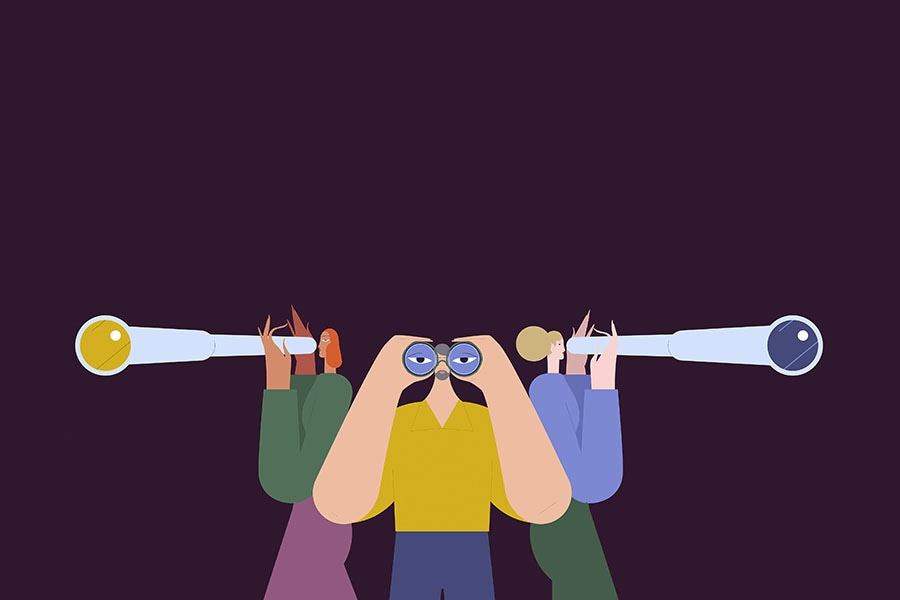
Polyamoryfication of adland: Why are brands getting together with multiple agency partners?
The trend of multiple agencies being hired by marketers can be attributed to multiple factors including customer segmentation, younger cohorts and legacy agencies falling short on the promise of integration
 Specialized agencies with unique capabilities are becoming essential in helping companies connect with younger consumers across emerging platforms. Image: Shutterstock
Specialized agencies with unique capabilities are becoming essential in helping companies connect with younger consumers across emerging platforms. Image: Shutterstock
Britannia Industries, which sells biscuits, snacks and breads, works with multiple agencies to create interesting campaigns for both mainline and digital platforms. Amit Doshi, chief marketing officer, Britannia Industries Ltd told Storyboard18 that the traditional AoR (agency on record) paradigm seems to have been challenged in recent times with the emergence of multiple breakaway boutique agencies.
“…in today’s times, an idea can come from anywhere. And while each agency partner plays a specific role, collaboration among agency partners is critical to make the winning idea shine,” he says. Wakefit, a D2C sleep wellness company, is known for its quirky campaigns such as Sleep Internship, Waketfit Trikea and Approved by Kumbhakaran campaigns. The company has worked with agency partner Spring Marketing Capital for the last 3-4 years.
Prateek Malpani, head of brand marketing, Wakefit also shares that the company does work with specialist agencies on a project basis.
“They (Spring Marketing Capital) work on all our key ATL campaigns and online content. We do speak to certain specialist agencies that excel at a certain type of video content which is technical or functional or some other agencies that specialize in content creation as well as distribution,” he notes.
Clearly, specialized agencies with unique capabilities are becoming essential in helping companies connect with younger consumers across emerging platforms.







